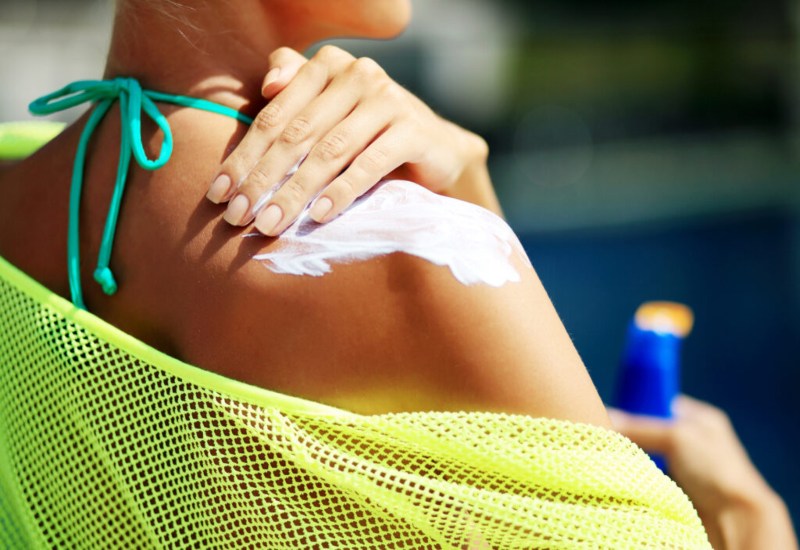Prevent Skin Cancer by Reducing Sun Exposure

You may be excited for some fun in the sun as summer rolls in, but it’s important to keep skin cancer prevention in mind. Skin cancer is the most common cancer in the US, and exposure to ultraviolet (UV) radiation is the primary cause. Protecting yourself from the sun can help prevent skin cancer.
Most Common Forms of Skin Cancer
The two broad categories of skin cancer are melanoma and non-melanoma. Most non-melanoma skin cancers are highly treatable as long as they’re caught early. Melanoma is more dangerous, but effective treatment is still available.
- Basal cell carcinoma is a non-melanoma skin cancer that begins in the basal cells in the skin’s outer layer. Consider visiting a dermatologist if you notice pearly, waxy bumps or scar-like lesions on your skin.
- Squamous cell carcinoma is another non-melanoma skin cancer. It also develops in the outer layer of skin and affects squamous cells. Signs of this skin cancer include firm, red nodules or scaly, crusty lesions.
- Melanoma makes up only a fraction of skin cancer cases, but it causes a majority of skin cancer deaths. If you have a suspicious-looking mole, watch it for the ABCDEs of melanoma—asymmetry, border, color, diameter, and evolution. If you see these signs, seek skin cancer treatment as soon as possible.
Ultraviolet Radiation Damages Skin
Sunlight is vital for light, heat, and life as we know it, but ultraviolet rays can damage your skin. The two types of UV radiation that reach the earth’s surface include UVA and UVB rays.
- UVA rays cause premature aging and wrinkling. They also contribute to melanoma and non-melanoma skin cancer.
- UVB rays cause sunburn and carry an even higher skin cancer risk.
How to Protect Against Sun Exposure
Anyone can get skin cancer, but your risk is higher if you have light-colored skin and hair, lots of freckles or moles, or a history of severe sunburns. Whether you fit this demographic or not, here’s how to protect your skin from the sun:
- Avoid spending time outside between the hours of 10 am and 4 pm.
- Wear a broad-spectrum sunscreen that protects against both UVA and UVB rays. Look for a sun protection factor (SPF) of 30 or higher.
- Reapply sunscreen every two hours. Reapply hourly if you’re swimming or sweating.
- Cover up with long pants, long sleeves, a wide-brimmed hat, and sunglasses.
- Don’t tan, even indoors. Tanning beds operate with UV rays, which can damage your skin just as much as natural sunlight.
- Read medication warning labels to see if they make you more sensitive to the sun. If so, stick to the shade or stay indoors while taking that medicine.
If you’re concerned about the health of your skin or think you spot early signs of skin cancer, please call Swinyer-Woseth Dermatology at 801-682-4715. Our board-certified dermatologists in Salt Lake City and South Jordan can provide a skin cancer screening and offer personalized tips to protect your skin this summer.
